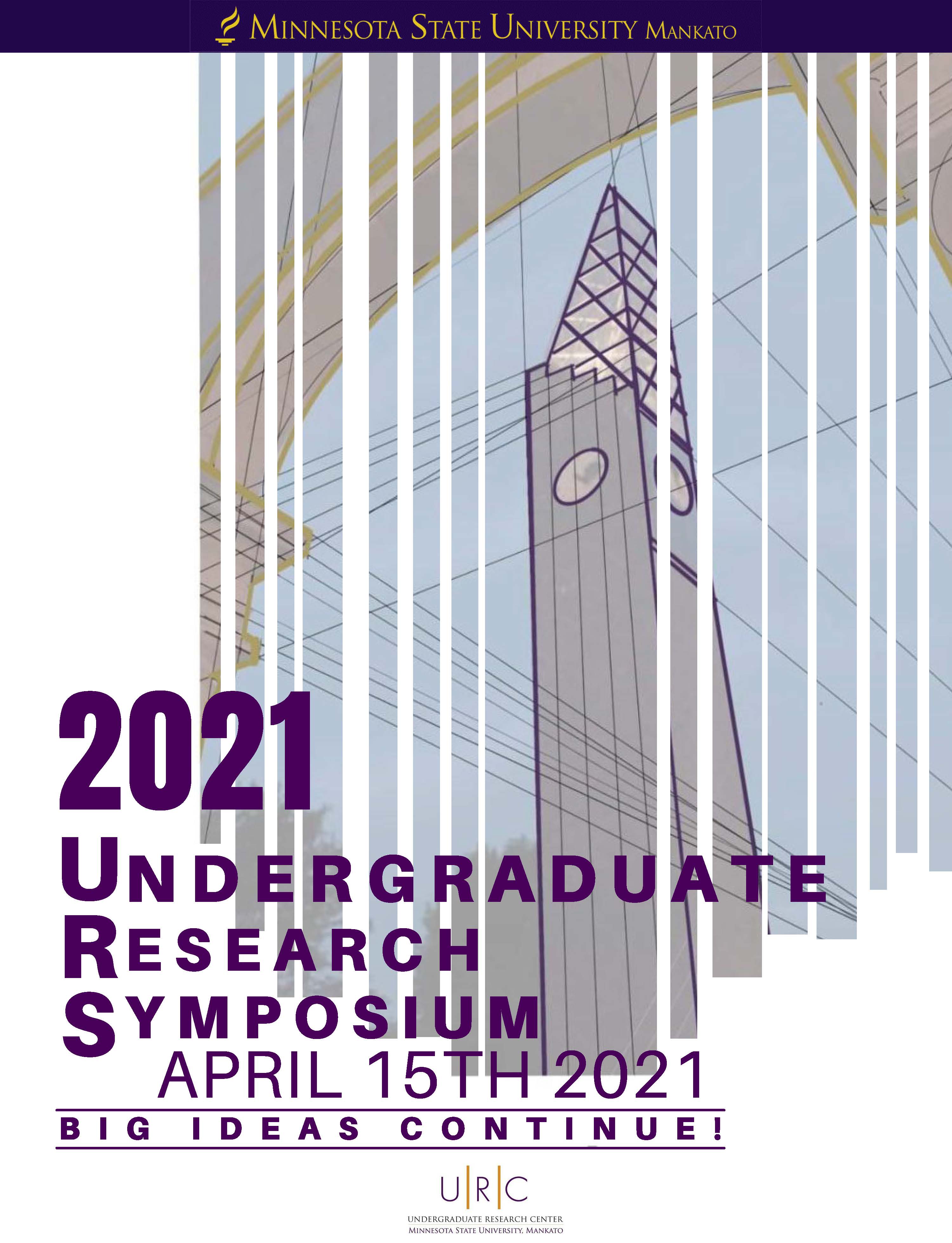An Analysis of Migration Ability and Effects of Carboplatin and Cisplatin on Glioblastoma Cells with Proteoglycan Knockouts
Start Date
15-4-2021 2:00 PM
End Date
15-4-2021 3:00 PM
Student's Major
Biochemistry
Student's College
Science, Engineering and Technology
Mentor's Name
Samantha Katner
Mentor's Department
Chemistry and Geology, Biochemistry
Mentor's College
Science, Engineering and Technology
Description
Glioblastoma (GBM) is one of the most common forms of brain cancer, and it is the most aggressively malignant of all the brain tumors. This malignancy is due to the ability of these GBM cells to migrate into surrounding tissues. This invasiveness makes GBM quite difficult to treat with surgical resection, and thus requires concurrent treatment with chemotherapy and radiation. Carboplatin and cisplatin are both FDA-approved, platinum-based drugs that are commonly used in chemotherapy regiments for a variety of cancers. Cisplatin has been implemented in some GBM chemotherapy regiments. A major factor in the aggressiveness and migration ability of these GBM cells lies within presence of proteoglycans on the cell surface. These proteins have glycosaminoglycan (carbohydrate) chains – hence the name “proteo” and “glycan”. Specifically, a family of heparin sulfate proteoglycans, HSPGs, are noteworthy in their effects on GBM. HSPGs are found in most healthy human tissues, but they are overexpressed in many cancers, including GBM. Previous experimentation by the Katner lab has generated CRISPR edited GBM cells with knockouts (removal of the gene encoding these proteins from the genome of the cell) of specific HSPGs linked to an aggressive phenotype. We have attempted to analyze the difference in migration ability using a wound healing assay, but inducing a complete closure of the wound proved difficult in these wild type GL261 cells, even after many alterations of protocol to enhance the migration ability of these cells. Because of this, we moved to analyze the knock-out cells in their response to the aforementioned platinum-basedcompounds using cell viability assays. We intend to continue this research by using the cisplatin and carboplatin results to compare against the results of novel compounds that have been produced by collaborators as a potential future treatment for GBM.
An Analysis of Migration Ability and Effects of Carboplatin and Cisplatin on Glioblastoma Cells with Proteoglycan Knockouts
Glioblastoma (GBM) is one of the most common forms of brain cancer, and it is the most aggressively malignant of all the brain tumors. This malignancy is due to the ability of these GBM cells to migrate into surrounding tissues. This invasiveness makes GBM quite difficult to treat with surgical resection, and thus requires concurrent treatment with chemotherapy and radiation. Carboplatin and cisplatin are both FDA-approved, platinum-based drugs that are commonly used in chemotherapy regiments for a variety of cancers. Cisplatin has been implemented in some GBM chemotherapy regiments. A major factor in the aggressiveness and migration ability of these GBM cells lies within presence of proteoglycans on the cell surface. These proteins have glycosaminoglycan (carbohydrate) chains – hence the name “proteo” and “glycan”. Specifically, a family of heparin sulfate proteoglycans, HSPGs, are noteworthy in their effects on GBM. HSPGs are found in most healthy human tissues, but they are overexpressed in many cancers, including GBM. Previous experimentation by the Katner lab has generated CRISPR edited GBM cells with knockouts (removal of the gene encoding these proteins from the genome of the cell) of specific HSPGs linked to an aggressive phenotype. We have attempted to analyze the difference in migration ability using a wound healing assay, but inducing a complete closure of the wound proved difficult in these wild type GL261 cells, even after many alterations of protocol to enhance the migration ability of these cells. Because of this, we moved to analyze the knock-out cells in their response to the aforementioned platinum-basedcompounds using cell viability assays. We intend to continue this research by using the cisplatin and carboplatin results to compare against the results of novel compounds that have been produced by collaborators as a potential future treatment for GBM.



